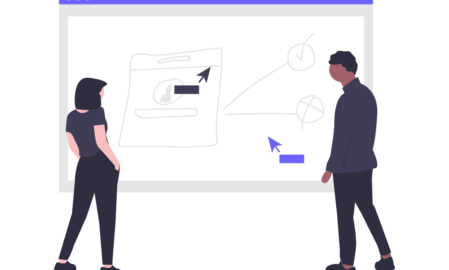Good document management is a critical element of construction safety and being able to demonstrate compliance with Construction (Design and Management) Regulations 2015 (CDM2015) ). Failure to manage your documentation throughout the construction process can introduce risk into your project and ultimately result in serious injury or death, and prosecution
What does CDM2015 require?
CDM2015 states that there should be suitable arrangements in place for managing a project. These arrangements should ensure that all construction documents are managed in a controlled and systematic way so that the right information is available to the right people at the right time.
This may include the identification, storage, retrieval, and dissemination of information. The aim is to ensure that construction designers and workers have access to the information they need to work safely.
Document management is essential for construction safety because it helps to control the flow of information. By managing documents effectively, designers and construction workers can be sure that they are working with the most up-to-date information.
It is important to ensure that you consider all elements of a construction project and the documents that might be required to comply with CDM2015.
How Document Management helps with Construction Safety
Construction Design Management is a critical part of construction safety. To comply with CDM2015 it is recommended that all construction companies have a document management system in place to ensure the safety of their workers. This system helps to track and manage all of the documents related to the design of a construction project as it relates to safety, including pre-construction information, safety plans, hazard assessments, and worksite inspections. By having a central location for all of these documents, construction companies can more easily ensure that their workers have the information they need to stay safe on the job. Additionally, online document management systems can help to streamline the construction safety process by automating tasks such as document creation and approvals.
By keeping track of documents, construction safety managers can ensure that everyone on site is following the correct procedures and that any potential hazards are identified and dealt with quickly. In short, document management is an essential part of construction safety and should not be overlooked.
How does Mosaic help?
Mosaic provides an online collaboration tool for the design team to collectively provide the information needed to complete the Pre-Construction Information packs (PCI), the Health & Safety File (H&S File), and the Risk Register, 3 of the essential outputs of CDM2015.
Mosaic includes a PCI and H&S File Framework, giving you a comprehensive list of all the documents that may be required on a Construction Project, giving the Principal Designer the option to include or exclude documents on a project-by-project basis. Mosaic also generates a Risk Register from the output of Mosaic’s unique Hazard Assessment and Risk Identification wizard (HARI). Every designer on the project is required by Mosaic to complete the HARI, giving a complete picture of the Risks on that project, and ensuring everyone has considered every risk possible.
If you are keen to improve your CDM output on your Construction Projects, and produce compliant PCI and H&S documentation, give Mosaic a try with our free 30 day trial, our clients never look back, 100% of our users have stayed with us, not many apps can say that!
www.mosaic-app.com/sign-up

